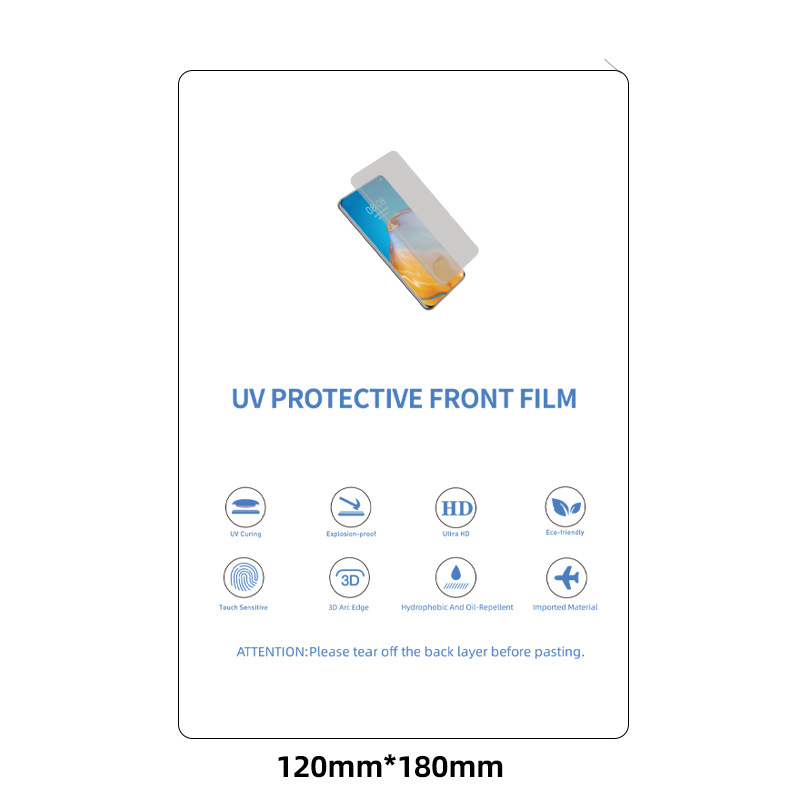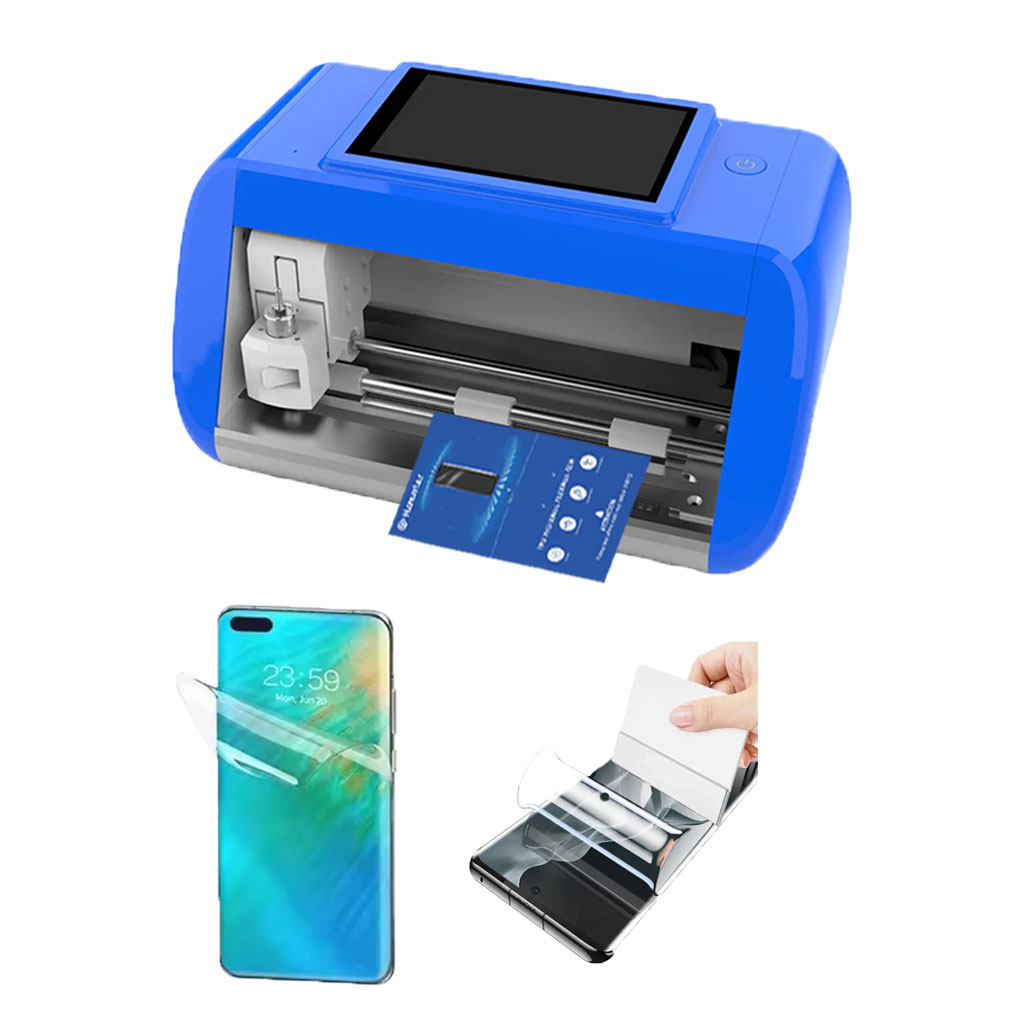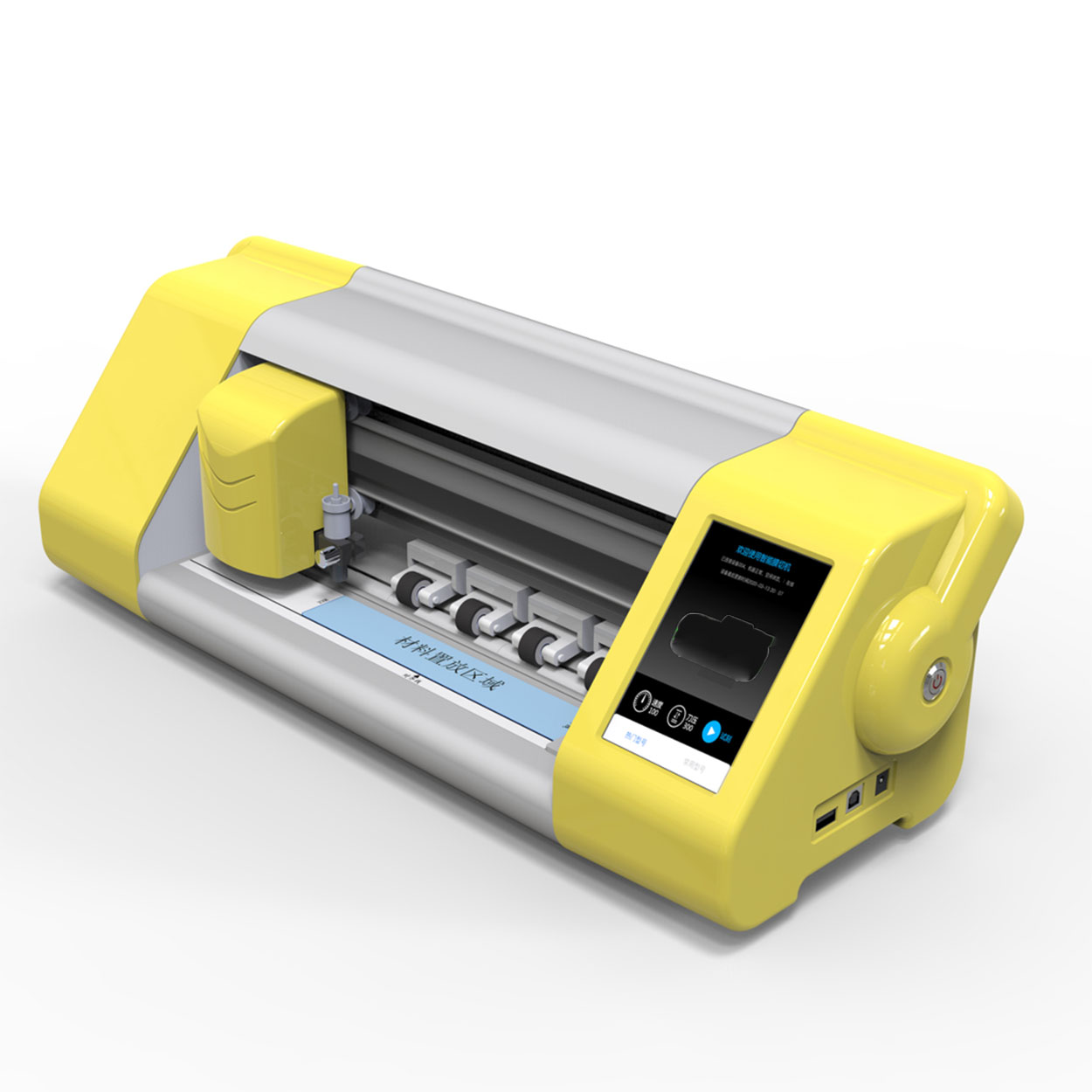
Is Silicone Screen Protector Good?
Índice
Resumo
- Protectores de ecrã are essential for protecting smartphone screens from damage.
- Silicone protectors are affordable and provide basic scratch protection.
- Vidro temperado offers superior impact resistance and screen clarity.
- Plastic protectors are cost-effective but may lack durability.
- TPU protectors combine flexibility with durability.
- The choice of screen protector should consider your device’s needs and your budget.
- Proper installation of a screen protector is crucial for optimal performance.
1. What is a Screen Protector and Why Do You Need One?
Screen protectors are thin layers applied to smartphone screens, acting as a shield against scratches, cracks, and other forms of damage. In a world where our phones are constantly at risk from keys, coins, or accidental drops, a good screen protector is an essential accessory.Using a screen protector can significantly decrease the chances of costly repairs. With smartphones being an integral part of our lives, ensuring their screens remain clear and functional is paramount. A single scratch can disrupt the viewing experience, and in some cases, affect the device’s functionality.
2. Understanding Silicone Screen Protectors
Silicone screen protectors are crafted from flexible silicone material, making them lightweight and easy to apply. They offer a soft-touch feel, which can enhance the tactile experience of using your smartphone. Unlike tempered glass, silicone is resilient to fingerprints and smudges, maintaining a cleaner screen for longer periods.One key advantage of silicone is its affordability. For users seeking a budget-friendly option that offers basic protection against scratches and minor bumps, silicone is an excellent choice. However, it may not provide the same level of impact resistance as tempered glass.
3. Exploring Tempered Glass Screen Protectors
Tempered glass protectors are renowned for their robustness and clarity. Made from toughened glass, these protectors can withstand significant impact, offering superior protection against drops and scratches. They provide a smooth, glass-like feel, closely resembling the original phone screen.Moreover, tempered glass protectors come with additional features like anti-glare and blue light filtering, enhancing the user experience. For those who prioritize screen clarity and durability, tempered glass is often the go-to choice.
4. Silicone vs Tempered Glass: Which Offers Better Protection?
Ao comparar silicone and tempered glass protectors, the choice boils down to protection versus cost. Tempered glass generally offers better protection against high-impact drops, reducing the likelihood of screen shattering. On the other hand, silicone is more affordable and provides adequate protection against everyday scratches.The decision ultimately depends on your lifestyle and how much you’re willing to invest in protecting your device. For high-risk environments, tempered glass is preferable. For casual use, silicone might suffice.
5. How Does a Plastic Screen Protector Compare?
Plastic screen protectors are another popular option, known for their thin and lightweight design. They are less durable than silicone or tempered glass but offer basic protection against scratches and dirt. Plastic protectors are often the most cost-effective, making them appealing for users on a tight budget.However, they are prone to bubbling during application and might not provide the tactile satisfaction or clarity of glass or silicone options. Users seeking a temporary solution might find plastic protectors suitable.

6. The Role of TPU in Screen Protection
TPU, or thermoplastic polyurethane, is a hybrid material that combines the flexibility of silicone with the durability of plastic. TPU protectors are known for their self-healing properties, which can mend minor scratches over time. This feature makes them unique among other types of screen protectors.TPU protectors offer a good balance of protection and flexibility, making them suitable for those who want a bit more than basic protection without the cost of tempered glass.
7. Choosing the Right Screen Protector for Flagship Smartphones
Flagship smartphones, with their advanced displays and hefty price tags, deserve top-notch protection. For these premium devices, it’s crucial to choose a protector that does not compromise on clarity or touch sensitivity.Tempered glass is often recommended for flagship devices due to its superior protection and preservation of screen quality. However, for users who frequently replace their screens or prefer a more touch-sensitive material, high-quality silicone or TPU options might be considered.
8. Do Good Screen Protectors Enhance Smartphone Longevity?
A well-chosen screen protector can indeed enhance the longevity of a smartphone by preventing scratches and cracks that can lead to more serious issues. While a screen protector alone won’t make your phone last forever, it can certainly prolong its aesthetic and functional appeal.By minimizing damage, screen protectors help maintain the device’s resale value and ensure that the screen remains responsive and clear throughout its lifespan.
9. How to Install a Screen Protector Perfectly
Installing a screen protector can be a daunting task, but with a few simple steps, you can achieve a perfect fit. Start by cleaning the smartphone screen thoroughly to remove dust and fingerprints. Align the protector with the screen, ensuring all edges match perfectly.Once aligned, press down gently from the center, allowing the adhesive to work its way to the edges. Use a soft cloth to smooth out any bubbles. A properly installed protector will appear seamless and provide optimal protection.
10. Final Verdict: One is Better, But Which?
In the debate of silicone vs tempered glass, the winner depends on individual needs. For those prioritizing maximum protection and screen clarity, tempered glass is superior. However, if cost and ease of application are more important, silicone might be the better choice.Ultimately, both types of protectors offer unique benefits, and the choice should align with your lifestyle, budget, and smartphone use.

Comentários
Etiquetas

What Is TPU Material?
This article provides a comprehensive overview of TPU, highlighting its importance and potential in various fields.
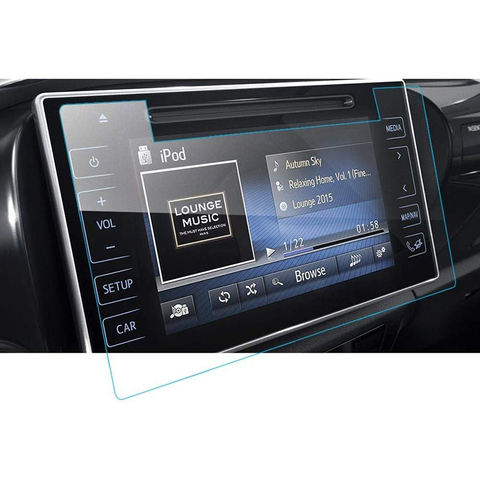
Suzuki Jimny XL 2024 Navigation Tempered Glass
Enhance your 2024 Jimny XL accessory offerings with our premium screen protectors. We offer wholesale options on 2024 Jimny XL Screen Protectors and more.
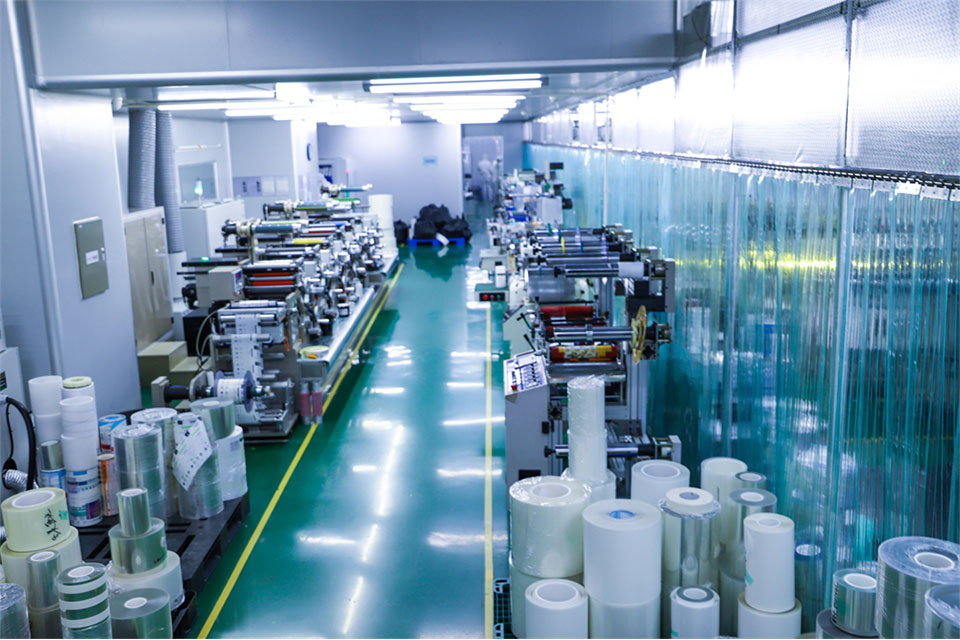
Como colocar um protetor de ecrã na perfeição: Um guia completo
Está cansado de aplicações de protectores de ecrã mal feitas que deixam o seu telemóvel com um aspeto pior do que antes? Aplicar um protetor de ecrã pode ser uma tarefa assustadora, mas com as técnicas certas, pode obter um acabamento perfeito que melhora o aspeto e a proteção do seu dispositivo. Este guia irá guiá-lo através do processo de colocação perfeita de um protetor de ecrã, quer se trate de uma película básica ou de uma opção de vidro temperado de qualidade superior. Abordaremos tudo, desde a preparação à resolução de problemas, garantindo que tem todos os conhecimentos necessários para uma aplicação do protetor de ecrã sem bolhas e alinhada com precisão.

Personalização de ecrãs de privacidade: Porque é que precisa de uma máquina de corte de ecrãs de privacidade inteligente
A máquina de corte de ecrãs Smart Privacy representa um avanço significativo na tecnologia de privacidade, oferecendo soluções precisas e personalizáveis que melhoram a segurança dos dados e o conforto do utilizador em vários contextos.
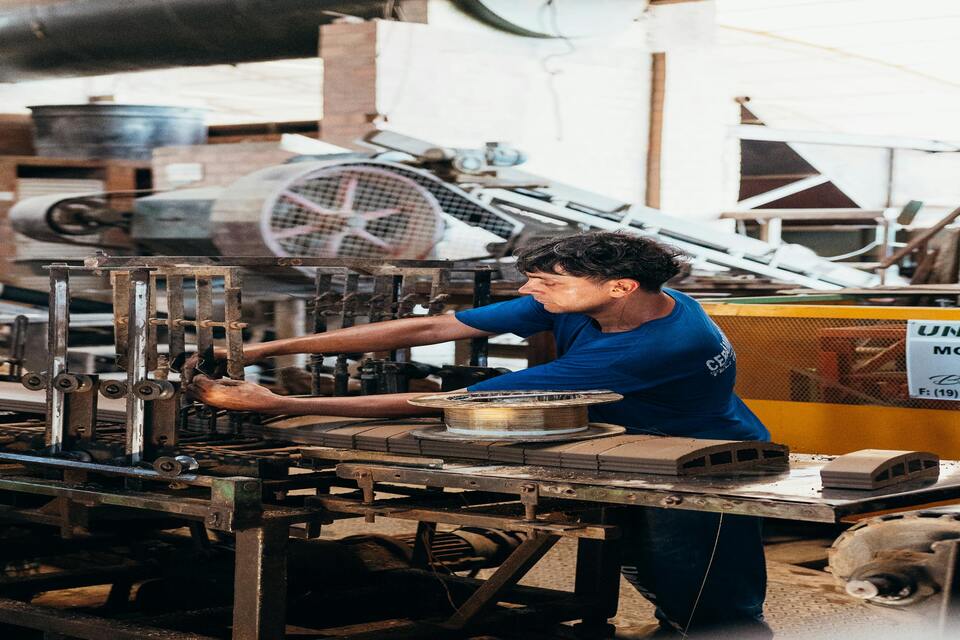
As oficinas de conserto de telefones verificam seu telefone?
Seguindo essas diretrizes, você pode garantir que sua experiência de reparo do telefone seja segura e satisfatória.
Encontre todos os conhecimentos e tendências do nosso blogue, obtenha o preço por grosso e a melhor qualidade da nossa fábrica.

O que é a máquina de corte de película e a sua aplicação
As máquinas de corte de película têm desempenhado um papel crucial na evolução da produção cinematográfica e de vários processos industriais, permitindo o corte e a união precisos de materiais de película.

O que é uma máquina de corte de protectores de ecrã?
Uma máquina de corte de protectores de ecrã é um dispositivo especializado concebido para produzir protectores de ecrã personalizados para vários dispositivos electrónicos, incluindo smartphones, tablets, smartwatches, computadores portáteis e monitores.

Como funciona a máquina de corte do protetor de tela do telefone móvel?
Uma máquina de corte de protectores de ecrã de telemóveis é um dispositivo sofisticado concebido
para produzir protectores de ecrã personalizados para vários dispositivos digitais com elevado preço
ção e eficiência.

Caraterísticas do vidro temperado para telemóveis e do protetor de ecrã TPU para telemóveis
Os protectores de ecrã em poliuretano termoplástico (TPU) são flexíveis, duradouros e
películas plásticas auto-regeneráveis concebidas para proteger os ecrãs dos dispositivos electrónicos contra
riscos, impactos e outros danos potenciais.

Revolucione a proteção de dispositivos com a máquina de corte de proteção de ecrã
Quer tenha um smartphone, tablet ou smartwatch, esta máquina versátil adapta-se a uma vasta gama de dispositivos. Adapta-se perfeitamente às dimensões do seu gadget, oferecendo um ajuste personalizado que os protectores genéricos não conseguem igualar.

Protetor de ecrã com garantia vitalícia
A garantia vitalícia de um protetor de ecrã é uma garantia fornecida pelos fabricantes que
compromete-se a reparar ou substituir um protetor de ecrã durante o tempo de vida útil do produto, de acordo com termos e condições específicos.



